Aug 4, 2025
The March for Humanity as Thousands Protest on Harbour Bridge for Palestine

On a historic day that brought Sydney and Melbourne to a standstill, tens of thousands of Australians took to the streets in a powerful show of solidarity with Palestine. The March for Humanity saw crowds flood iconic landmarks such as Sydney’s Harbour Bridge and Melbourne’s King Street Bridge, making an emphatic statement for justice, equality, and a democratic state for Palestine.
Table of Contents
- A Day Marked by Massive Demonstrations
- Voices from the Protest
- Confrontations and Challenges
- Determined to Hold the Government Accountable
- Conclusion
- Frequently Asked Questions (FAQ)
A Day Marked by Massive Demonstrations
The scale of the protests was unprecedented. In Sydney alone, around 25,000 people dressed in the symbolic colours of black, white, green, and red packed onto the Harbour Bridge, transforming it into a sea of solidarity. The demonstration was so large that fears of a crowd crush briefly surfaced, underscoring the intensity and passion of those gathered.
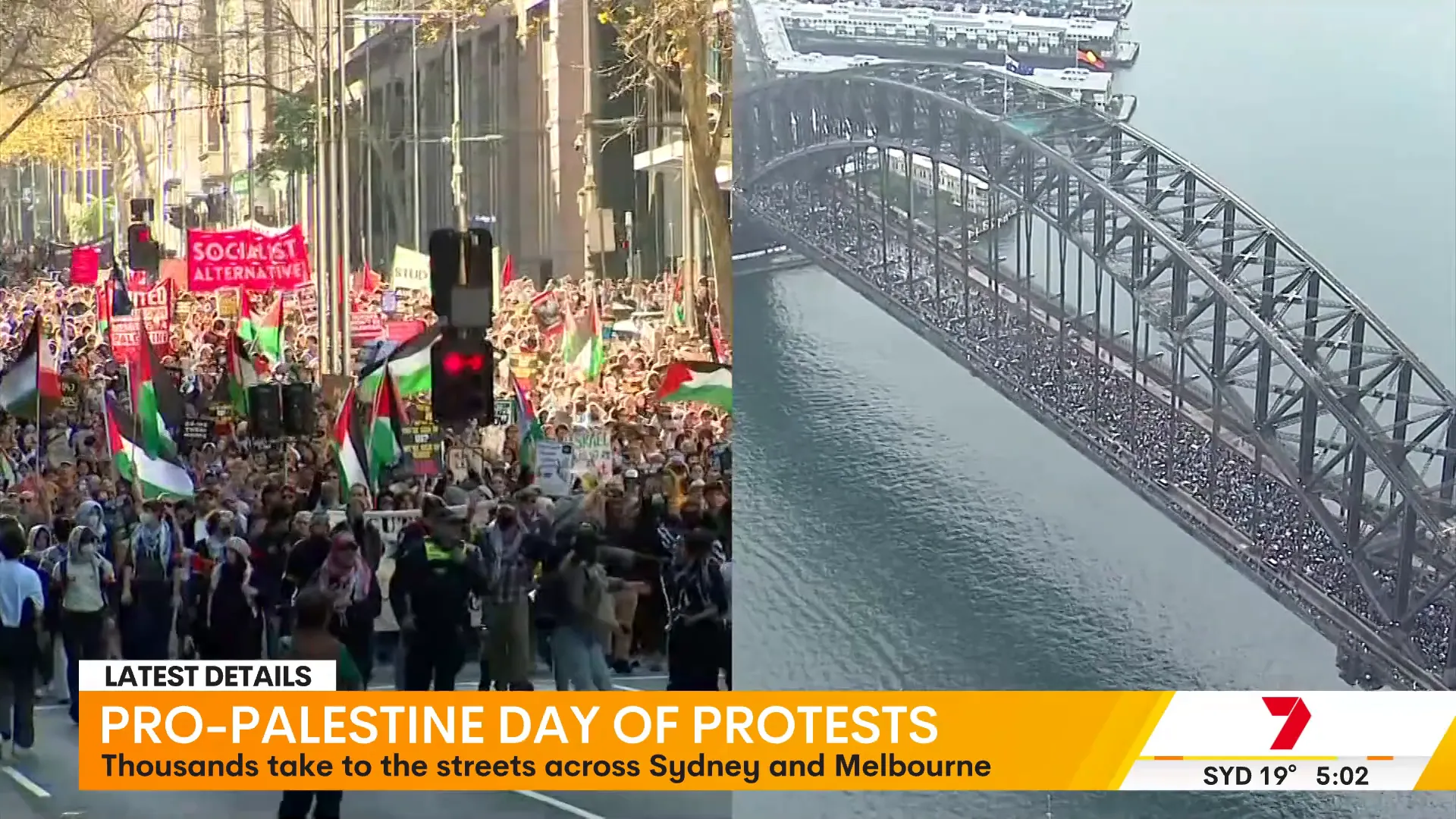
Meanwhile, Melbourne’s streets witnessed equally significant gatherings. On King Street Bridge, protesters were met by police in riot gear, while law enforcement officers on foot, horseback, and even boats patrolled the Yarra River. The heavy police presence contrasted with the peaceful intentions of the demonstrators, many of whom emphasized their commitment to non-violence.
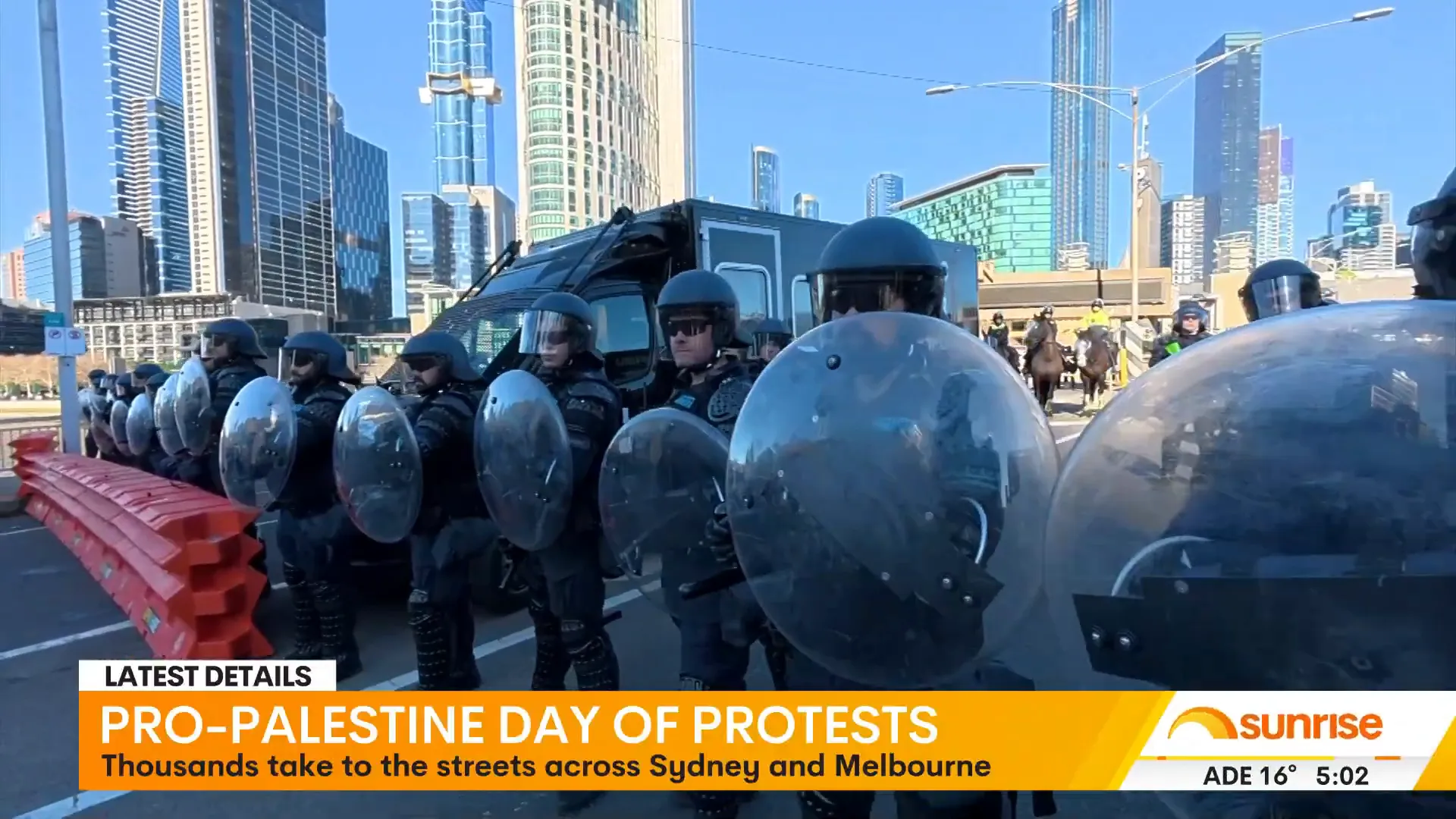
Voices from the Protest
One protester captured the spirit of the movement succinctly: "It's totally unnecessary. We are a peaceful movement. We are calling for justice and equality and a democratic state." This sentiment resonated throughout the day as chants of "Palestine will be free" echoed across both cities.
The protest also attracted notable figures, including Julian Assange and Anthony Mundine, who joined the throng in Sydney, lending further visibility to the cause. This gathering on a globally recognized landmark came after the Supreme Court rejected an attempt to block the anti-war protest, marking a significant victory for the movement’s right to demonstrate.
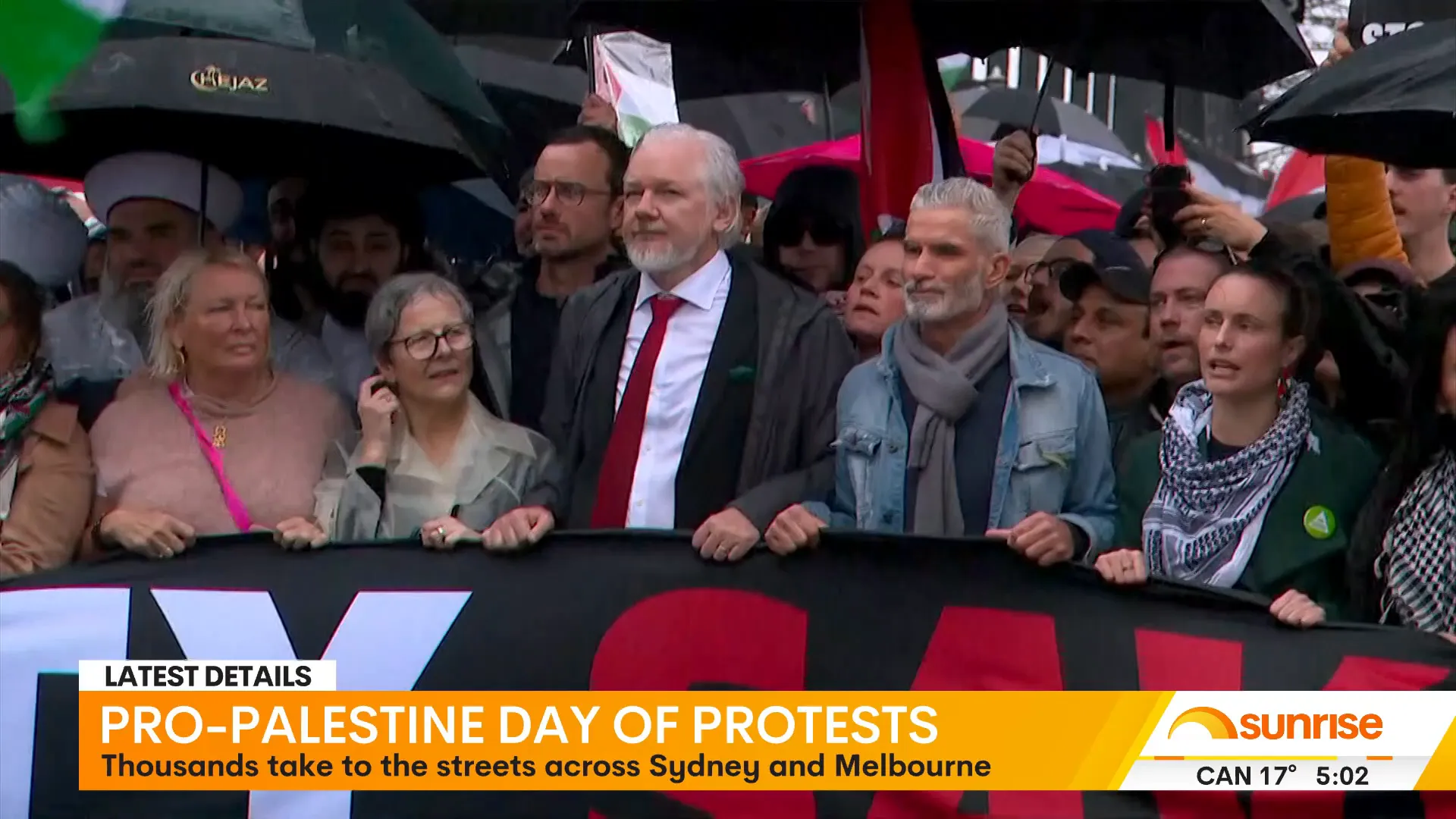
Confrontations and Challenges
Despite the largely peaceful nature of the protests, tensions did arise. Midway through the demonstration, police issued orders to halt the march citing public safety concerns. Authorities emphasized the need to disperse the crowd in a controlled manner, stating, "We will look at turning everyone around, but it needs to be done in a controlled way."
Later in the afternoon, dozens of protesters caught police off guard by blocking the Spencer Street Bridge in Melbourne. During this moment, a visibly distressed woman was allowed through the crowd, urgently stating, "I've gotta get to the hospital." The scene highlighted the human stories intertwined with the larger political movement.
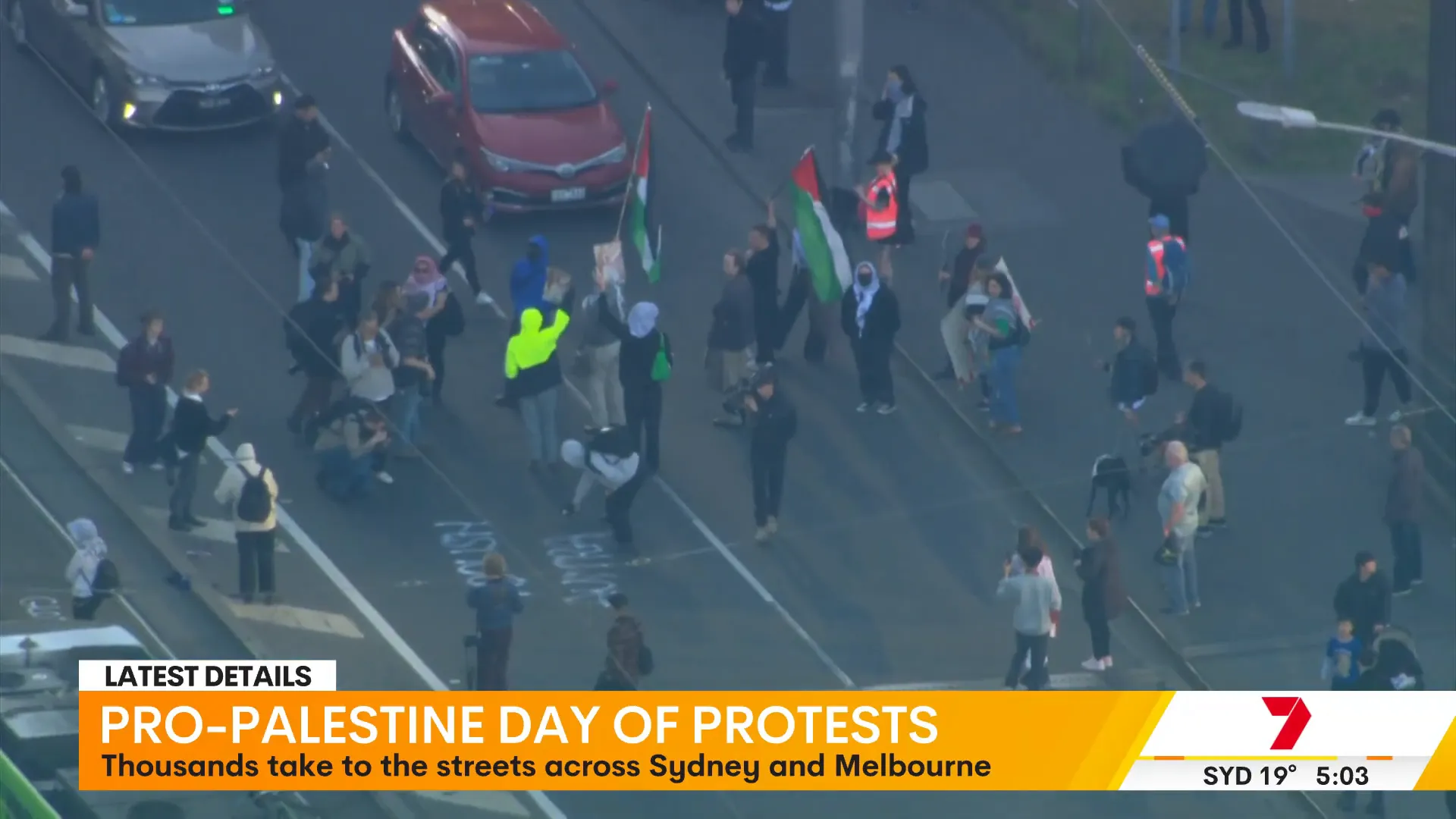
Determined to Hold the Government Accountable
As the day drew to a close, the message from the protesters remained clear and resolute. They called for immediate action and accountability from their government, vowing never to back down. Strong declarations punctuated the atmosphere: "We must act now. We must hold our government to account. We won't bow our heads. We will never give up, and we will shout free free Palestine."
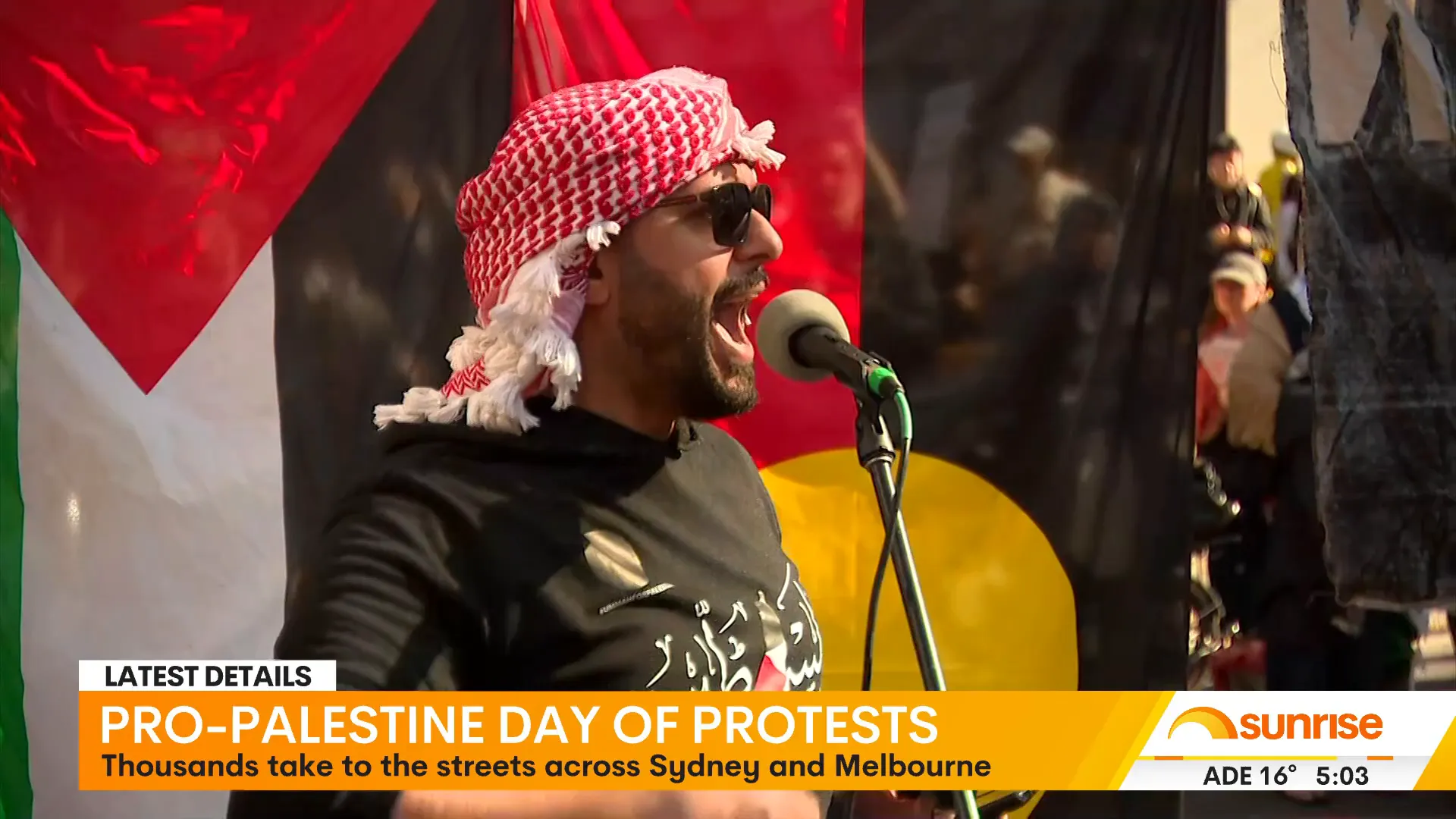
Conclusion
The March for Humanity in Sydney and Melbourne was more than just a protest—it was a historic moment of collective action and solidarity for Palestine. Tens of thousands of Australians demonstrated their commitment to justice and human rights, making their voices heard on some of the country’s most iconic landmarks. Despite challenges and police intervention, the movement maintained its peaceful stance and powerful message, reminding us all of the importance of standing up for equality and democracy.
Frequently Asked Questions (FAQ)
What was the March for Humanity about?
The March for Humanity was a large-scale protest held in Sydney and Melbourne in support of Palestine, calling for justice, equality, and the establishment of a democratic state.
How many people participated in the protests?
Approximately 25,000 people gathered in Sydney alone, with tens of thousands more in Melbourne, making it one of the largest demonstrations in recent times.
Were the protests peaceful?
Yes, the movement was peaceful, with protesters emphasizing non-violence despite a significant police presence and some confrontations over crowd control.
Did the Supreme Court play a role in the protests?
Yes, the Supreme Court rejected a bid to block the anti-war protest, allowing the demonstrations to proceed on landmarks like the Sydney Harbour Bridge.
Were any notable figures involved in the protests?
Yes, notable individuals such as Julian Assange and Anthony Mundine participated in the Sydney protest.
What message did the protesters want to convey?
The protesters called for immediate action, government accountability, and the freedom of Palestine, repeatedly chanting slogans like "Palestine will be free" and "free free Palestine."